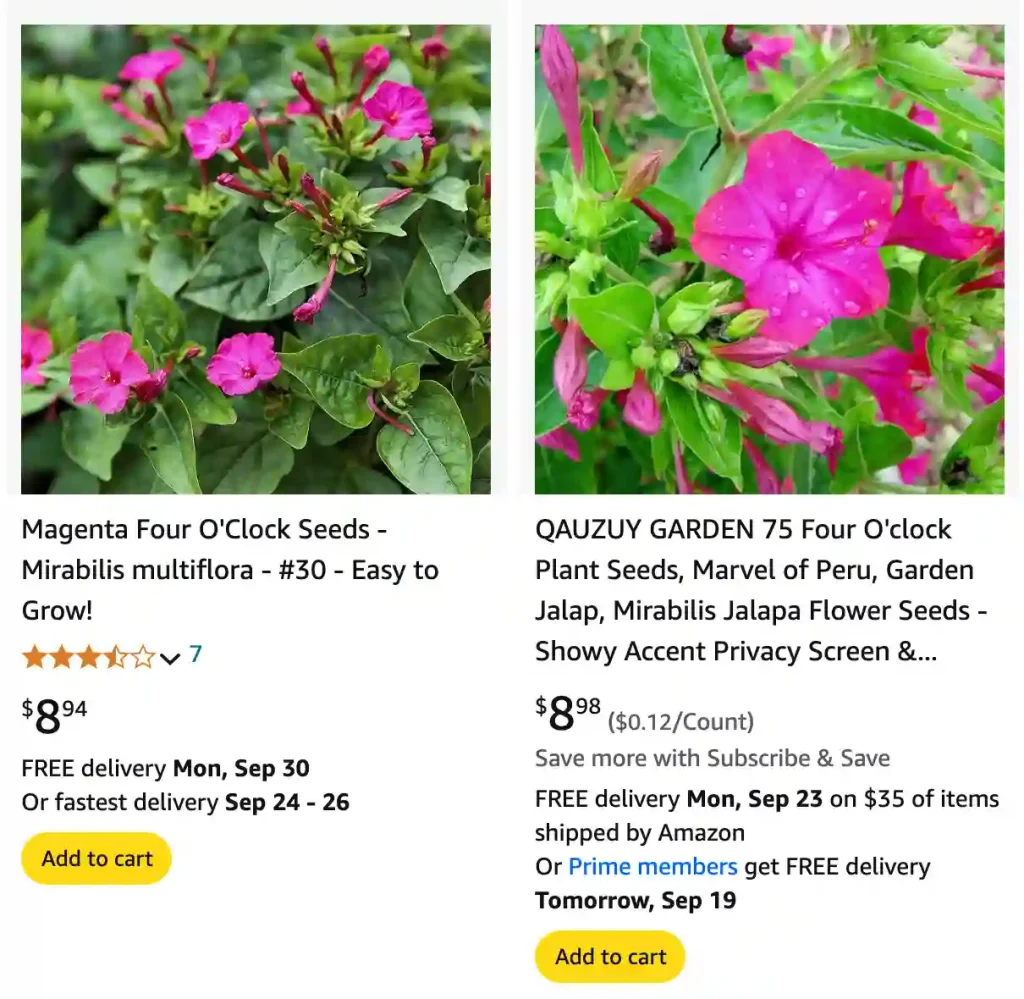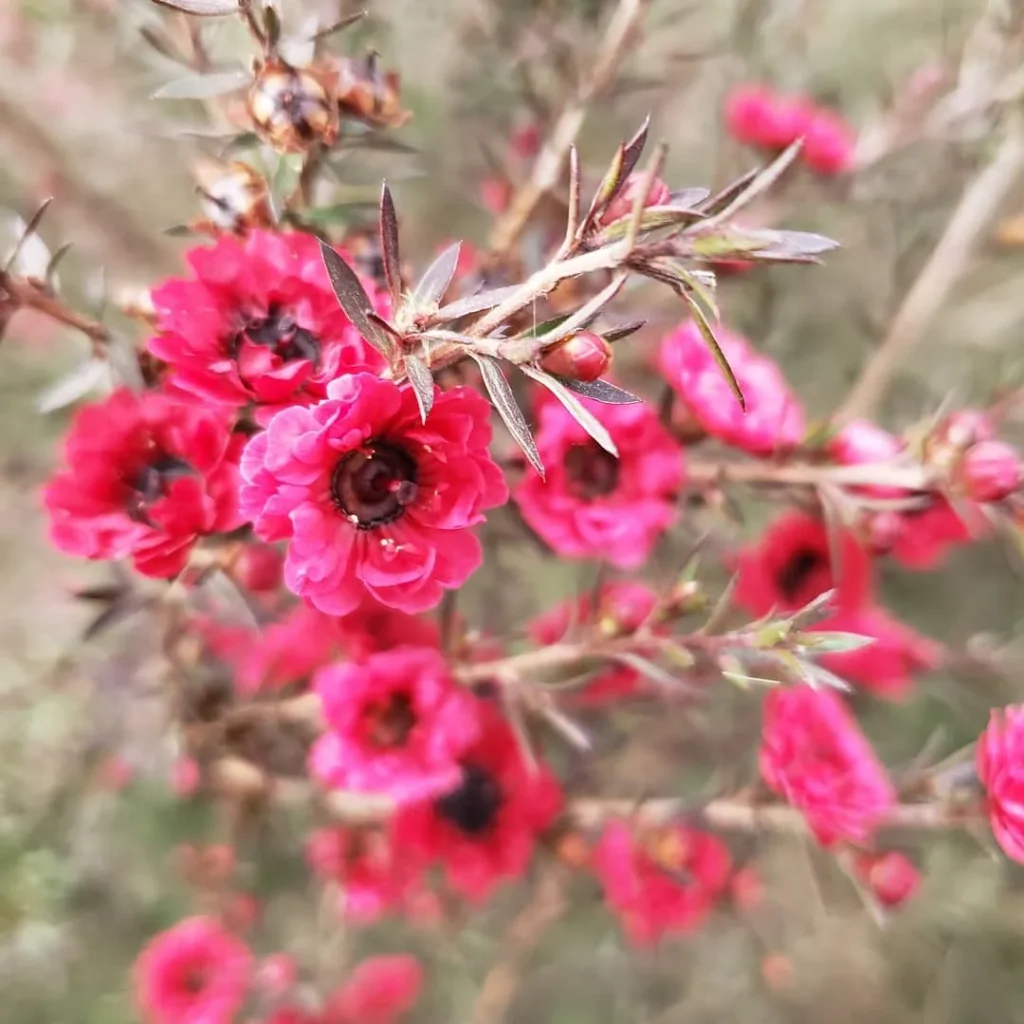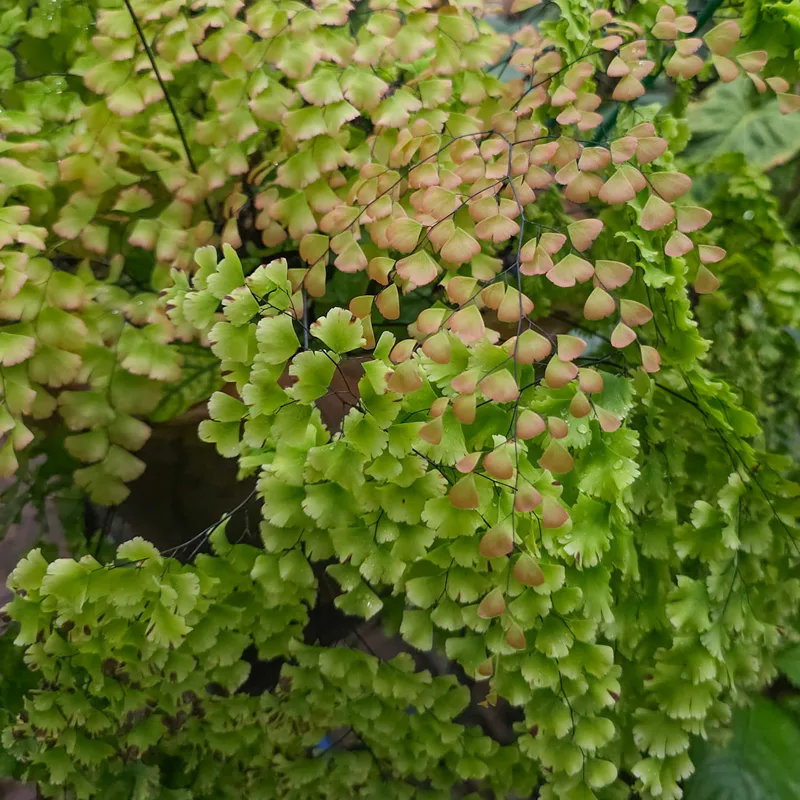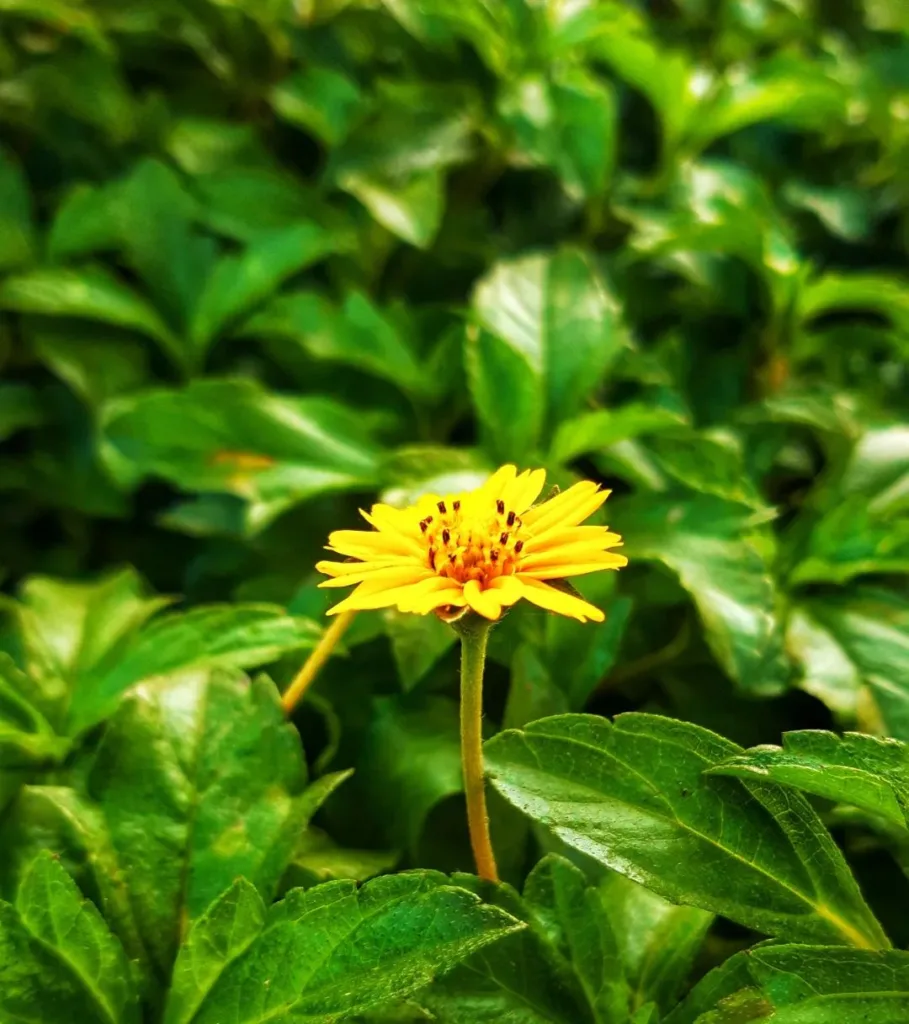
What Is Mirabilis Multiflora?
Mirabilis Multiflora, often known as the Four O’Clock Flower, is a charming plant that has caught my attention with its unique features. Originating from the southwestern United States, it belongs to the Nyctaginaceae family. Its name “Multiflora” means “many flowers,” which perfectly describes the plant’s ability to produce numerous blooms. These flowers open in the late afternoon and evening, hence the name “Four O’Clock Flower.” The plant’s vibrant, trumpet-shaped flowers come in various colors, including pink, yellow, and white, and have a delightful fragrance.
60 Species in Genus Mirabilis
How to Care for Mirabilis Multiflora?
Caring for Mirabilis Multiflora has been a rewarding experience for me. Here are some key tips based on my personal care routine:
- Light: Mirabilis Multiflora thrives in full sun to partial shade. I’ve found that providing at least 6 hours of sunlight each day promotes the healthiest growth and most vibrant blooms. In areas with intense afternoon sun, partial shade can be beneficial to prevent leaf burn.
- Soil: The plant prefers well-draining soil. I use a mix of garden soil with compost or sand to ensure good drainage. It doesn’t require overly rich soil, but it does appreciate a slightly acidic to neutral pH.
- Watering: Regular watering is crucial, especially during the growing season. I water my Mirabilis Multiflora once a week, allowing the soil to dry out between waterings. Overwatering can lead to root rot, so it’s important to avoid soggy conditions.
- Fertilizing: I fertilize my plant once a month during the growing season with a balanced, all-purpose fertilizer. This helps to encourage blooming and overall plant health.
- Pruning: Light pruning to remove dead or damaged stems can promote a fuller and more attractive plant. I usually prune in early spring before new growth begins.
How to Propagate Mirabilis Multiflora?
Propagation of Mirabilis Multiflora is quite straightforward. I’ve propagated mine using seeds and cuttings:
- From Seeds: Collect seeds from mature flowers and sow them indoors in early spring. I use seed trays with a light, well-draining potting mix. Keep the seeds warm and moist until they germinate. Transplant the seedlings outdoors once they are sturdy enough.
- From Cuttings: I also propagate using stem cuttings taken in late spring or early summer. I choose healthy stems, cut them just below a node, and dip the cut end in rooting hormone. Plant the cuttings in a pot with a mix of peat and perlite, and keep them in a warm, humid environment until they develop roots.
What to Plant With Mirabilis Multiflora?
Pairing Mirabilis Multiflora with other plants can enhance its beauty and create a visually appealing garden. Here are some companions I’ve had success with:
- Marigolds: Their bright colors complement the Four O’Clock Flowers, and they both thrive in similar conditions.
- Petunias: They add a splash of color and attract pollinators that benefit both plants.
- Lantana: The contrasting colors and growth habit of Lantana make a dynamic pairing with Mirabilis Multiflora.
Is Mirabilis Multiflora Toxic?
I’m happy to report that Mirabilis Multiflora is not toxic to pets or humans. This makes it a great choice for family gardens where children or pets might come into contact with the plants. However, as with any plant, it’s always a good idea to ensure that curious pets do not consume large quantities, which might cause mild digestive upset.
Benefits of Mirabilis Multiflora
One of the biggest benefits of growing Mirabilis Multiflora is its low-maintenance nature. It’s a hardy plant that can tolerate drought and poor soil conditions, making it ideal for various garden settings. Additionally, its evening blooms add a lovely fragrance to the garden, which I find particularly enjoyable as the day winds down.
Common Problems and Solutions
Despite its hardiness, Mirabilis Multiflora can encounter some issues:
- Pests: Aphids and spider mites are common pests. I use insecticidal soap or neem oil to control them effectively.
- Diseases: Powdery mildew can sometimes be a problem. Ensuring good air circulation and avoiding overhead watering helps to prevent this.
Comparing Mirabilis Multiflora to Other Similar Plants
Mirabilis Multiflora is often compared to its relative, Mirabilis Jalapa, known for its similar flower shape and late afternoon blooming. However, Mirabilis Jalapa is generally larger and can be more aggressive in its growth, whereas Mirabilis Multiflora tends to be more compact and manageable.
Conclusion
Mirabilis Multiflora is a delightful addition to any garden with its vibrant blooms and pleasant fragrance. From my experience, it’s a low-maintenance plant that offers plenty of beauty and charm. Whether you’re new to gardening or an experienced green thumb, I highly recommend giving this plant a try.
If i die, water my plants!



